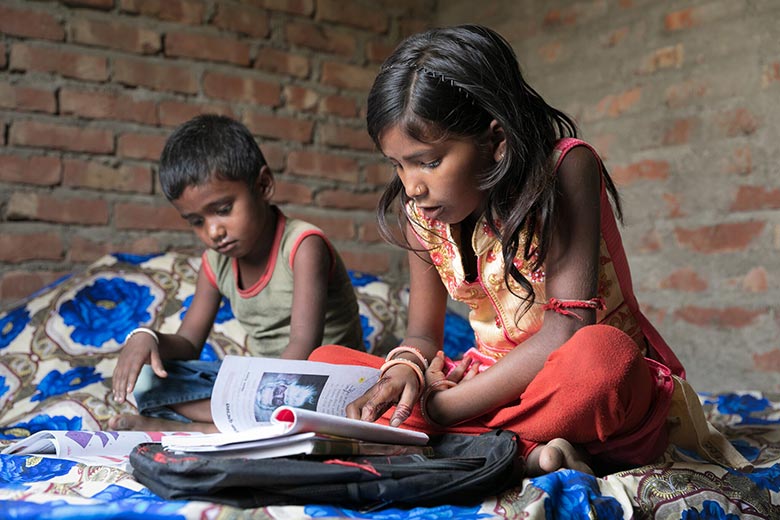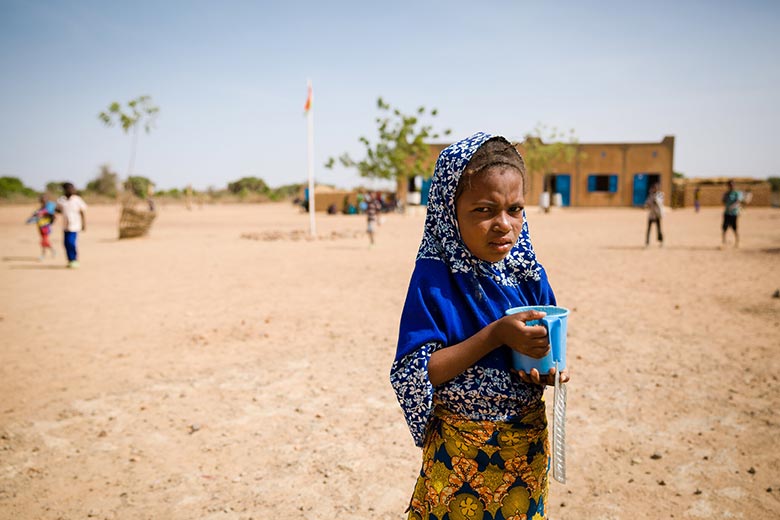The Global Partnership for Education (GPE) has welcomed $15 million pledged jointly by the LEGO Foundation and Danish Ministry of Foreign Affairs to help safeguard girls’ education in countries hit hardest by the Covid-19 pandemic.

The new funding is going into the GPE’s Girls’ Education Accelerator, a specialized fund created in December 2020 and dedicated to getting more girls into school and learning in 30 countries where girls lag behind boys in accessing primary and secondary school education, and where early marriage rates are the highest.
Global Partnership for Education (GPE) doubles LEGO Foundation’s pledge
At the same time the GPE has matched the LEGO Foundation’s $8 million pledge via its GPE Match
Incentive fund, meaning US$23 million has been added to the fight for girls’ education.
“An estimated 20 million girls may drop out permanently because of the pandemic”
“This new funding comes at a critical time for girls’ education,” said Alice Albright, Chief Executive Officer of GPE. “An estimated 20 million girls may drop out permanently because of the pandemic, with the Omicron variant likely to make this bleak situation far worse. These landmark contributions from the LEGO Foundation and Denmark will help spur transformative change so that millions of girls can get back into the classroom and get 12 years of quality education.”
The new contributions bring the total amount of funding available in the Girls’ Education Accelerator to $176 million.
119-124 million people may be pushed into extreme poverty
The announcement comes as Covid-19 has had a devastating impact on education around the world:
- Gender equality: school closures are placing an estimated 10 million more girls at risk of early marriage in the next decade and at increased risk of dropping out of school (UNICEF, 2021). Increases in adolescent pregnancy have been reported in many countries, threatening to keep many adolescent girls barred from education in the future.
- Dropping out of school: nearly two years after the beginning of the pandemic, schools still remain closed for millions of children and adolescents, and millions more are at risk of never returning to education. In countries where schools reopened, many children – particularly girls and older children – have not returned to school (World Bank, 2021).
- School closures: globally, between February 2020 and August 2021, full and partial school closures lasted an average of 224 days, with nearly one billion children affected in low- and middle-income countries during the peak of school closures (World Bank, 2021).
- Learning poverty: recent simulations indicates that “learning poverty” could reach dramatic levels – potentially up to 70% of children living in middle- and low-income countries will not be able to read and understand a simple story by the end of primary school (World Bank, 2021).
- Education spending: two-thirds of low- and lower-middle-income countries have cut their education budgets since the onset of the pandemic (World Bank, 2021). Aid to education could be reduced by as much as $2 billion by 2022 (UNESCO, 2020).
- Poverty and child labour: 119-124 million people may be pushed into extreme poverty (World Bank, 2021). Globally, nine million additional children are at risk of being pushed into child labour by the end of 2022.
















